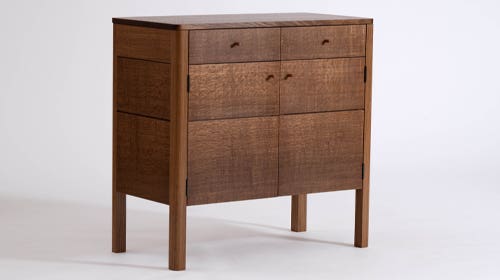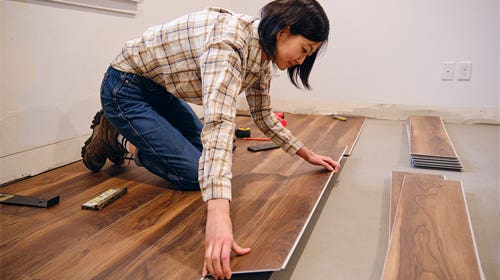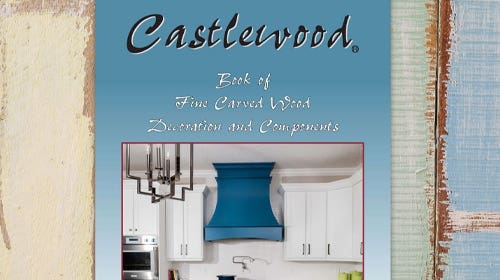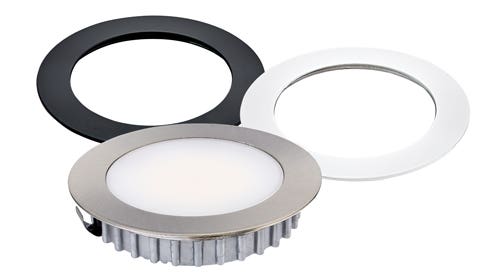European furniture on display in Boston
A huge exhibition, “Splendor and Elegance: European Decorative Arts and Drawings from the Horace Wood Brock Collection” is ongoing through May 17 at the Museum of Fine Arts in Boston….
A huge exhibition, “Splendor and Elegance: European Decorative Arts and Drawings from the Horace Wood Brock Collection” is ongoing through May 17 at the Museum of Fine Arts in Boston. Featuring aristocratic European furniture and decorative arts, drawings and paintings from the mid-16th century to the early 19th century, the exhibition is organized chronologically, stylistically and thematically. More than 160 works assembled in the last 30 years by New York collector Dr. Horace Wood Brock include examples of English, French, German, and Flemish furniture, ceramics, gilt bronzes, clocks, andirons and hardstone vases.
“It really has been a long time since we’ve seen as splendid a grouping of works of art all belonging to one collector, certainly in our museum, particularly devoted to the decorative arts,” says George Shackelton, curator of the decorative arts portion of the show. “We’ve had painting shows and sculpture shows and contemporary shows devoted to one owner. But to bring together these works of furniture, porcelains, other kinds of ceramics, hardstones, metalwork of various kinds, and then an incredible array of master drawings from the Renaissance to the early 19th century, it really is something quite remarkable.”
Some of the furniture highlights include a Flemish tortoiseshell cabinet-on-stand dating to the mid-17th century, one of the earliest long case clocks by the French royal cabinetmaker André-Charles Boulle, a rare pair of Rococo mahogany vase stands inspired by the designs of the English cabinetmaker Thomas Chippendale, a painted secretary desk by the Paris cabinetmaker René Dubois, and a classically-inspired Regency style cabinet-on-stand attributed to James Newton of London.
“The show represents the tastes of one individual who loves great design and truly luxurious objects from the 17th century to the early 19th century,” Shackelton says. “He’s not afraid of simplicity, but he’s not afraid of great ornament either, and the two things coexist in his life and in his home as they do in the exhibition. Some of them are extremely ornate, like the big Rococo console table or the Boulle clock in its surface patterning, to the Newton cabinet at the end of the show, and a wonderful Regency cabinet made from metals, and it is the combination of the woods that really interests him there.”
The exhibition has a relevance to American furniture makers, particularly those involved in building 18th and 19th century reproductions.
“The fascination of some of the carving, the design of certain shapes; there are a lot of things in this show that are the European prototypes for the Rococo style that happens in Philadelphia, or the neoclassical style that happens in Salem, Mass., the French or English objects that really informed the history of American decorative arts up to the middle of the 19th century … There are plenty of trans-Atlantic correspondences here and, luckily for us, they just happen to be very good examples.”
The exhibition also includes approximately 75 drawings and paintings that provide a broader cultural context for the furniture and decorative objects. Some of the themes that unify the drawings are studies of the human figure, literary illustrations, religious and mythological subjects, architectural fantasy and ruins, and design drawings for the decorative arts.
But it is the vast collection of furniture, including some one-of-a-kind pieces, that fascinates the curator.
“The Newton cabinet with the sphinxes’ faces and the pharaoh masks and the lion’s feet, I don’t think there is a second one any place,” explains Shackelton. “There certainly are things that are of a ‘type’ where you could go to the Decorative Arts Museum in Paris and see one like it, or you could go to Kenwood House in London and see neoclassical furniture that’s like the neoclassical furniture in this show, but there are some totally one-of-a-kind pieces.
“We had to think of a [show] title that gave you that sense that you were going to see something splendid, something really spectacular, and that elegance was going to be a quality throughout the show.”
Support for “Splendor and Elegance: European Decorative Arts and Drawings from the Horace Wood Brock Collection” comes in part from the Cordover Exhibition Fund and a gift from Melvin Seiden.
Elsewhere
The Center for Furniture Craftsmanship in Rockport, Maine, is presenting “Celebrating the Studio Fellowship” through April 17 at its Messler Gallery. All of the work displayed has been created by current and former participants in the center’s Studio Fellowship program.
Contacts
Center for Furniture Craftsmanship, 25 Mill St., Rockport, ME 04856. Tel: 207-594-5611. www.woodschool.com
Museum of Fine Arts, Boston. Tel: 617-267-9300. www.mfa.org
This article originally appeared in the April 2009 issue.







